AC Not Cooling? 7 Common Reasons & How to Fix Them
Imagine this: It’s the hottest day of the year. You crank up your air conditioner expecting a refreshing wave of cold air, and instead, you’re met with warm, stuffy disappointment. If your AC is not cooling, you’re not alone. Thousands of homeowners run into this issue every summer, and the causes are often simpler (and more fixable) than you might expect.
In this guide, we’ll walk through 7 of the most common reasons your AC isn’t cooling, how to troubleshoot each one, and when it’s time to call a professional. You’ll also find 2025 pricing insights and practical tips to avoid future problems.
Let’s get your home back to chill mode.
How Does an AC System Work?
Before we dive into the problems, let’s cover the basics. Understanding how your AC works can help you figure out what might be going wrong.
Here’s the simplified process:
- The thermostat tells your AC it’s time to cool.
- The compressor sends refrigerant through coils to absorb heat from indoor air.
- A fan pushes the cooled air into your rooms.
- The system expels heat outside through the condenser unit.
If any part of this chain breaks down, your AC won’t cool your home effectively.
Source: U.S. Department of Energy – How Air Conditioners Work
1. Dirty or Clogged Air Filter Could Be Choking Your System
Why it happens: Over time, dust, pet hair, and debris clog up your air filter. A restricted filter reduces airflow and can even cause your system to freeze up.
What to do:
- Check your filter monthly.
- Replace it every 1–3 months (more often if you have pets).
- Filters typically cost $10–$30.
Pro tip: Opt for HEPA filters if you want to improve indoor air quality and system performance.
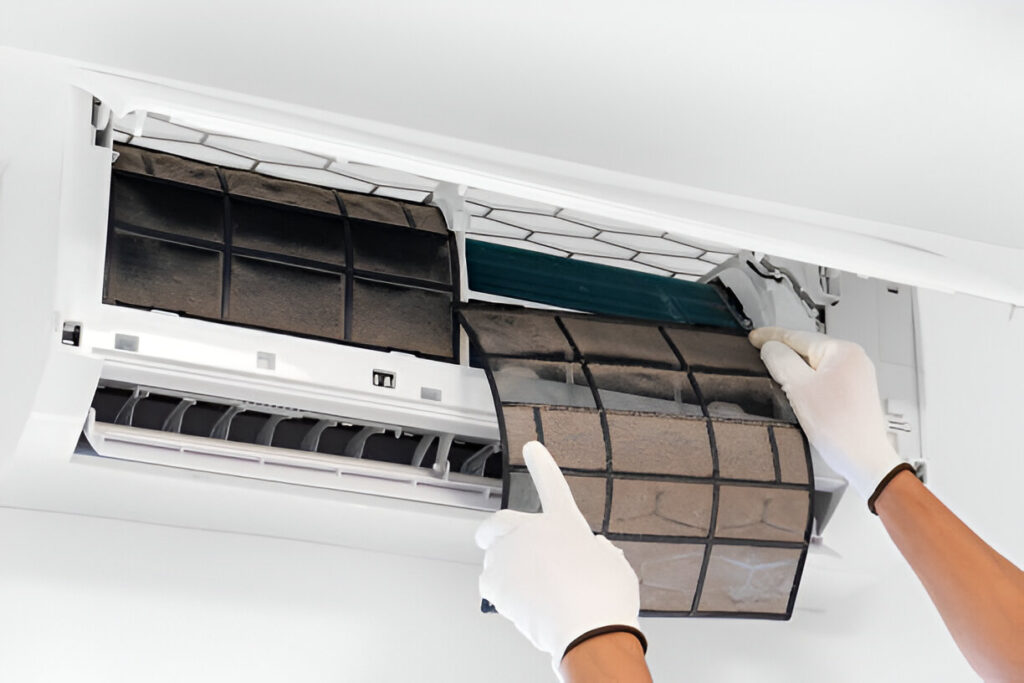
2. Check the Thermostat Before You Panic
Why it happens: It’s more common than you’d think. Your thermostat might be:
- Set to “fan” instead of “cool”
- Located in a warm spot (giving false readings)
- Running low on battery or malfunctioning
What to do:
- Double-check the mode is set to “cool”
- Try replacing the batteries
- Upgrade to a smart thermostat for more reliable control
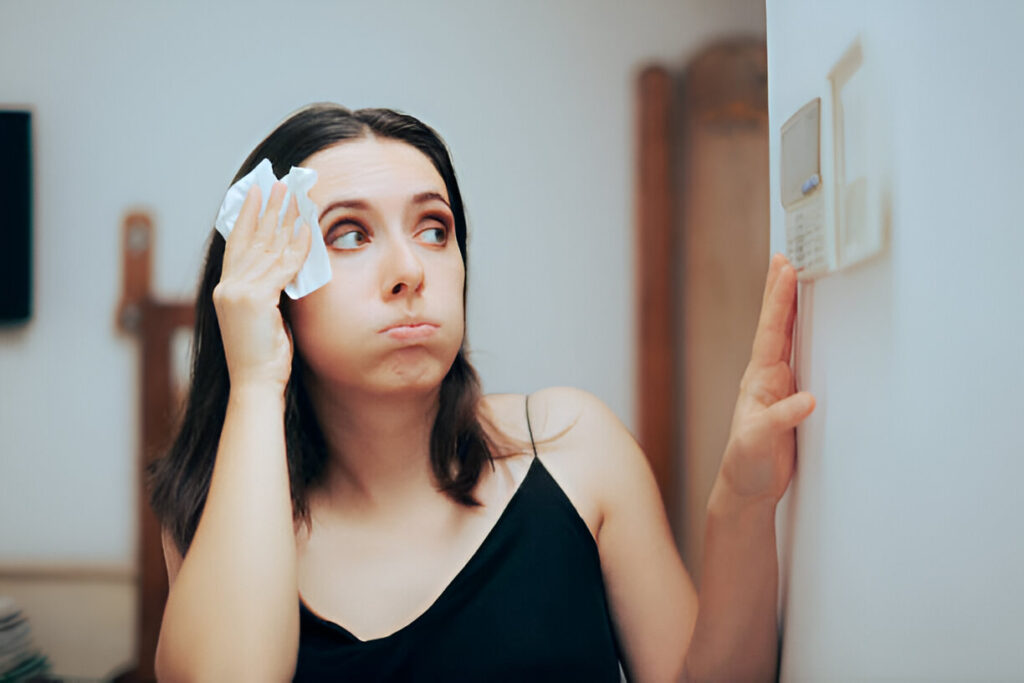
Thermostat Replacement Costs (2025)
| Type | Average Installed Cost |
| Basic digital | $150 – $250 |
| Smart/Wi-Fi-enabled | $250 – $450 |
3. Low Refrigerant or a Refrigerant Leak Will Stop Cooling
If your AC is running but not cooling the house, low refrigerant could be to blame. Refrigerant is the cooling agent, when it’s low, your system can’t absorb or release heat effectively.
Signs to look for:
- Warm air from vents
- Ice forming on the lines or evaporator coil
- Hissing sounds from the unit
How to fix it: Call a licensed HVAC technician. Handling refrigerants requires EPA certification.
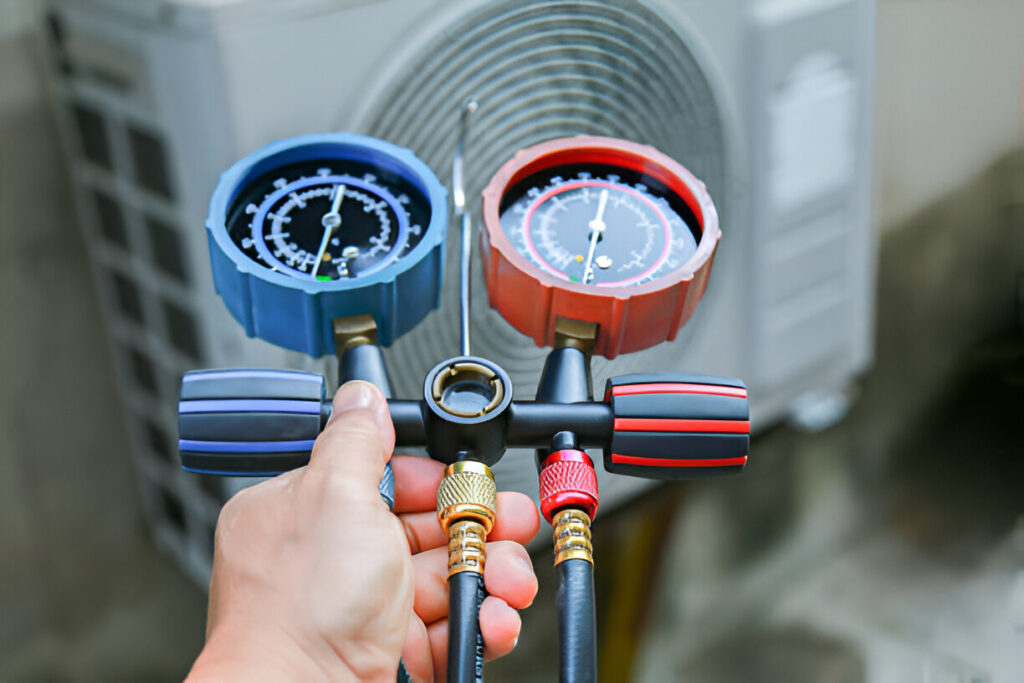
Estimated Repair Costs (2025)
| Service Type | Cost Range |
| Leak detection & repair | $300 – $800 |
| Refrigerant recharge (R-410A) | $100 – $400 |
| Full recharge after large leak | $800 – $1,500 |
Source: EPA Guide to Refrigerants
4. Frozen Coils Can Mean Trouble with Airflow or Refrigerant
Frozen evaporator coils are often caused by poor airflow (dirty filter or blocked vents) or low refrigerant levels.
What to do:
- Turn off your AC to let the coils thaw naturally, this may take 12–24 hours.
- Check and replace filters.
- If freezing happens again, call a professional to inspect for refrigerant or fan issues.
Repair Cost: Typically $150 – $650 depending on the underlying problem.
Important: Never try to chip off ice manually, you could damage the coil.
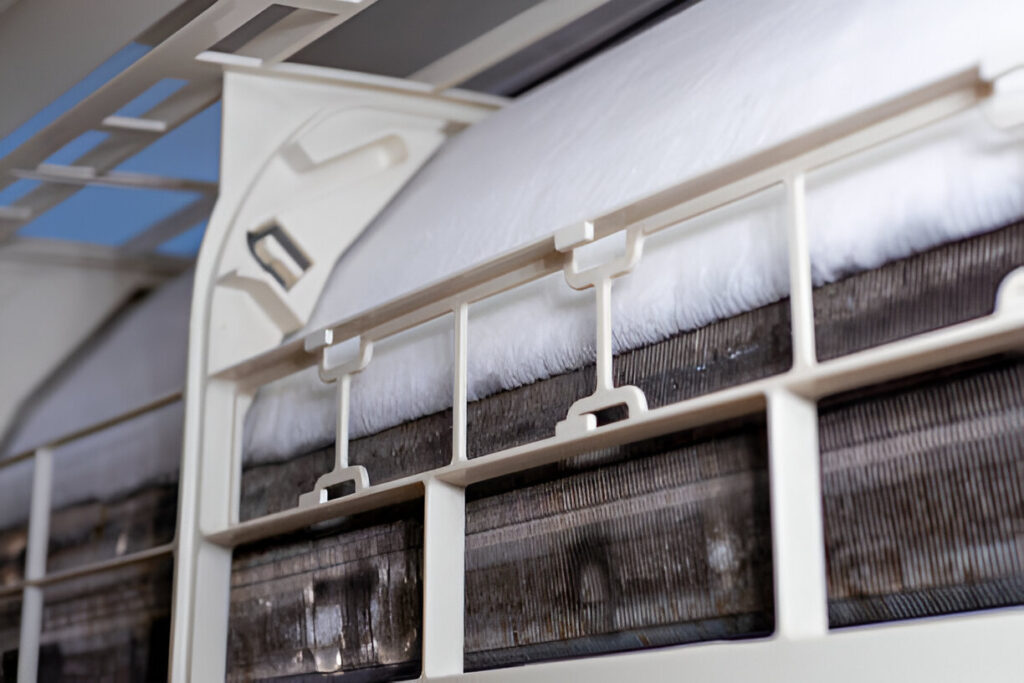
5. A Dirty Condenser Unit Outside Can Block Heat Release
your air conditioner is not blowing cold air, the outdoor unit might be to blame. When the condenser is clogged with leaves, grass, or dirt, it can’t release heat effectively.
How to fix it:
- Turn off the power.
- Gently rinse the coils with a hose, don’t use a pressure washer.
- Trim back plants and debris around the unit (keep 2–3 feet of clearance).
Professional cleaning cost: $100–$200 on average.
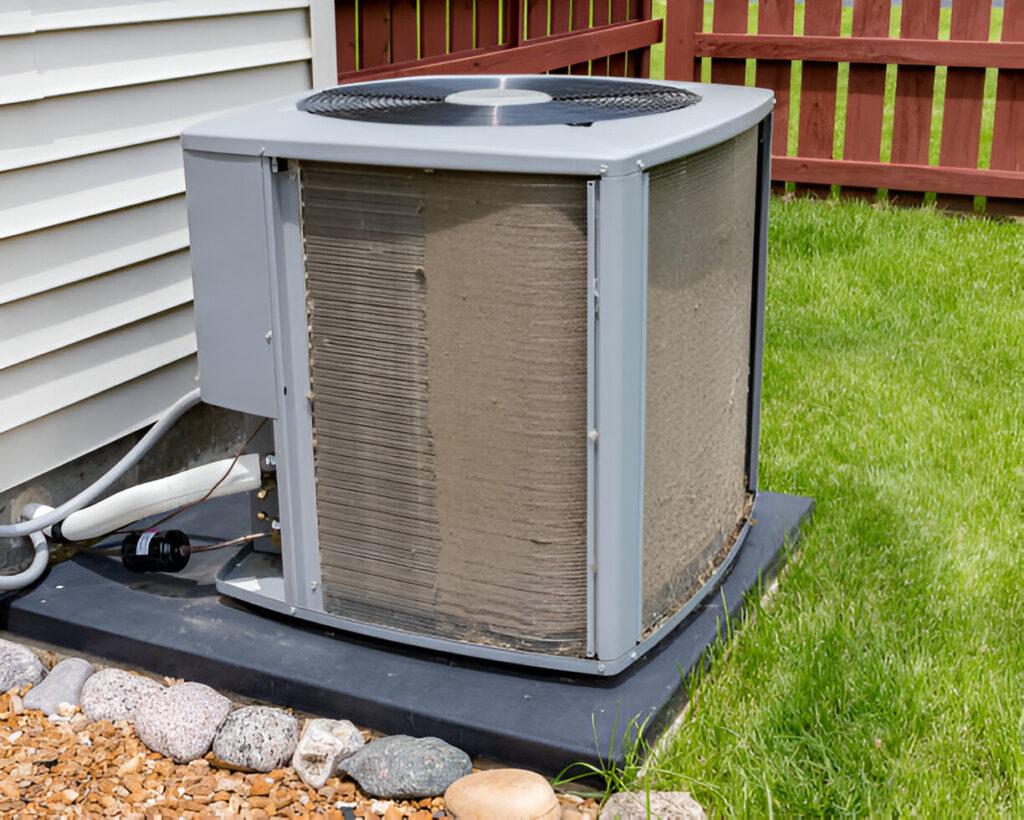
If your air conditioner is not blowing cold air, the outdoor unit might be to blame. When the condenser is clogged with leaves, grass, or dirt, it can’t release heat effectively.
How to fix it:
- Turn off the power.
- Gently rinse the coils with a hose, don’t use a pressure washer.
- Trim back plants and debris around the unit (keep 2–3 feet of clearance).
Professional cleaning cost: $100–$200 on average.
6. Electrical Problems or a Bad Capacitor Can Shut Things Down
Capacitors help start the compressor and fan motors. If your AC won’t turn on or starts but shuts off quickly, electrical issues may be the cause.
What to do:
- Check for a tripped breaker.
- If the unit still won’t start, an HVAC technician can test and replace the capacitor or contactor.
Repair Costs (2025)
| Electrical Issue | Average Cost |
| Capacitor replacement | $100 – $300 |
| Contactor repair | $150 – $400 |
| Full rewiring | $500 – $1,000+ |
Note: Capacitors store power and can be dangerous to handle, this isn’t a DIY fix.
7. Leaky or Poorly Insulated Ducts Could Be Wasting Cool Air
Even if your AC is working well, leaks in the ductwork can let cold air escape before it ever reaches your rooms.
Signs to watch for:
- Inconsistent temperatures from room to room
- Cold air leaking into attics or crawlspaces
- Higher than normal energy bills
Fix options:
- Use foil tape to seal small leaks
- Hire a professional for duct sealing and insulation
Average Duct Sealing Costs (2025)
| Duct Type | Avg Cost per Sq. Yard |
| Basic foil sealing | $8 – $12 |
| Professional mastic seal | $12 – $20 |
| Add duct insulation | $5 – $10 |
Source: ENERGY STAR – Duct Sealing Guide
What Can You Safely Fix Yourself?
| Issue | DIY-Friendly? | Call a Pro? |
| Replace air filter | Yes | |
| Adjust thermostat settings | Yes | |
| Clean condenser unit | Yes | |
| Refrigerant leaks | No | Yes |
| Electrical problems | No | Yes |
| Persistent frozen coils | No | Yes |
If in doubt, always call a licensed HVAC professional.
2025 HVAC Repair Costs: What You Can Expect
Here’s a cost breakdown for common fixes:
| Repair Type | Estimated Cost |
| Filter replacement | $10–$30 |
| Thermostat upgrade | $150–$450 |
| Refrigerant recharge | $100–$1,200+ |
| Capacitor repair | $100–$300 |
| Coil cleaning | $100–$200 |
| Duct sealing (whole home) | $500–$1,200 |
| Emergency service visit | $100–$200 |
Labor Rates in 2025: HVAC techs charge $80–$150/hour depending on region.
Tips to Prevent Future AC Problems
- Replace filters regularly (every 1–3 months)
Dirty filters restrict airflow and stress your system, leading to reduced cooling performance. - Schedule a professional HVAC tune-up every spring
Routine maintenance helps catch minor issues early and ensures optimal system efficiency year-round. - Keep the outdoor unit clear of debris
Leaves and dirt can block airflow, causing your AC to overheat or work harder. - Seal ducts and insulate as needed
Properly sealed and insulated ducts prevent energy loss and improve overall cooling efficiency. - Watch for early signs like rising energy bills or uneven temperatures
These symptoms often signal airflow problems or system inefficiency that need prompt attention.
Pro Tip: Ask your HVAC technician to perform a cooling load calculation every few years to make sure your system is still correctly sized.
Don’t Sweat a Warm House, Fix It Fast
If your AC is not cooling, it’s easy to get frustrated. But the reality is, many issues are straightforward and preventable. Start with simple troubleshooting, filters, thermostat, airflow. If those don’t solve it, reach out to a licensed pro before the problem gets worse.
Small fixes today can prevent expensive breakdowns tomorrow, and keep your home comfortable all summer long.
Need Reliable AC Repair or Maintenance?
At Osborne Heating & Cooling, we’ve helped homeowners beat the heat for over 30 years. Whether it’s a quick fix or a full system inspection, our licensed HVAC technicians have you covered.
Call 804-985-3057 or schedule your service online today for fast, honest, and affordable AC help.
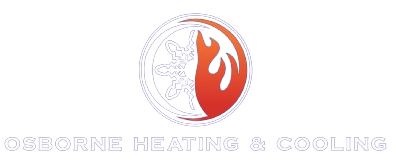
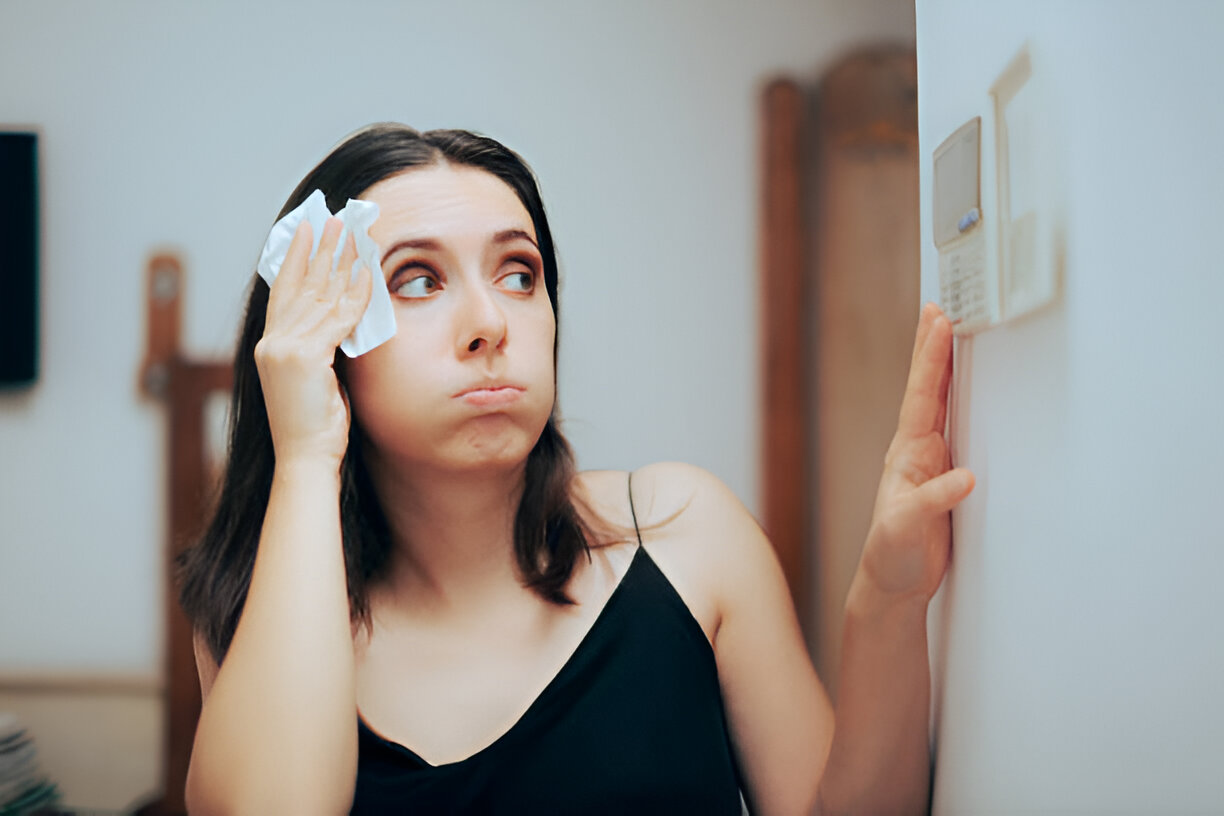
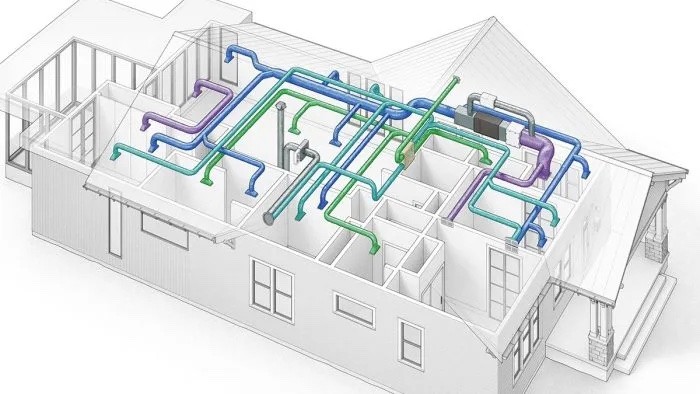
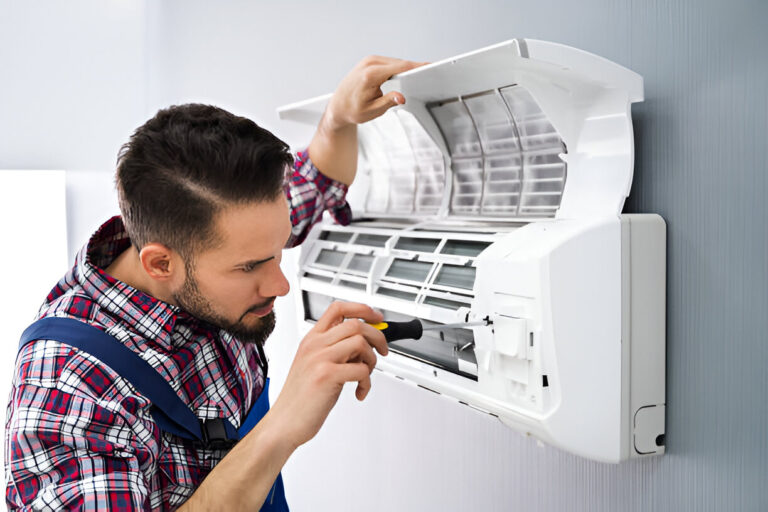
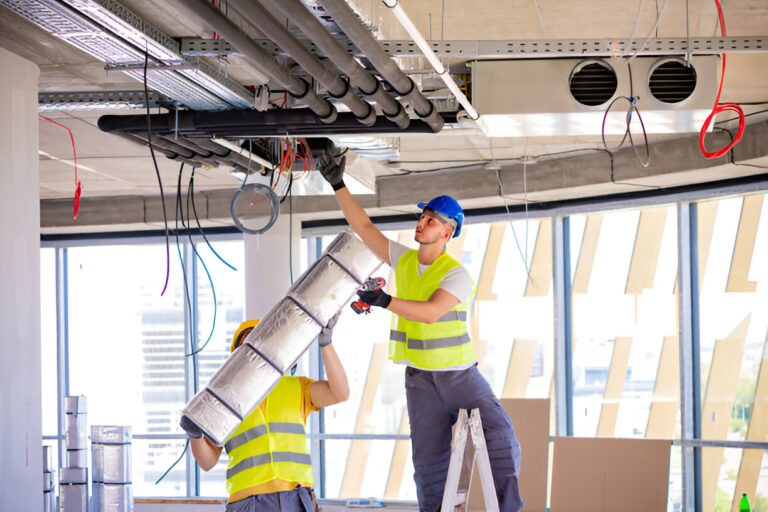
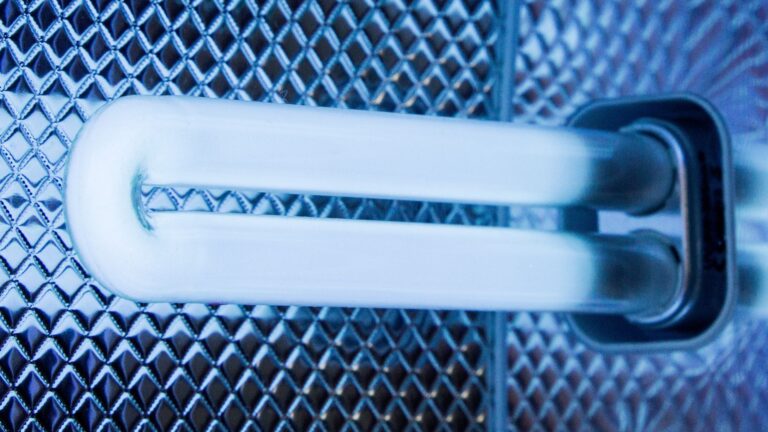
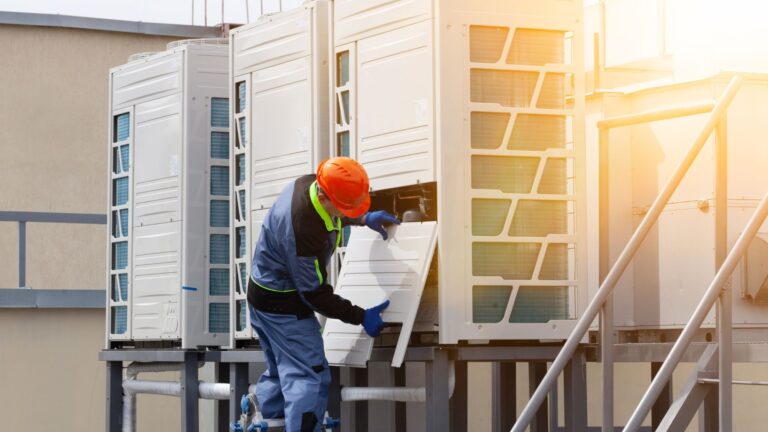
Nice post! 1754706953